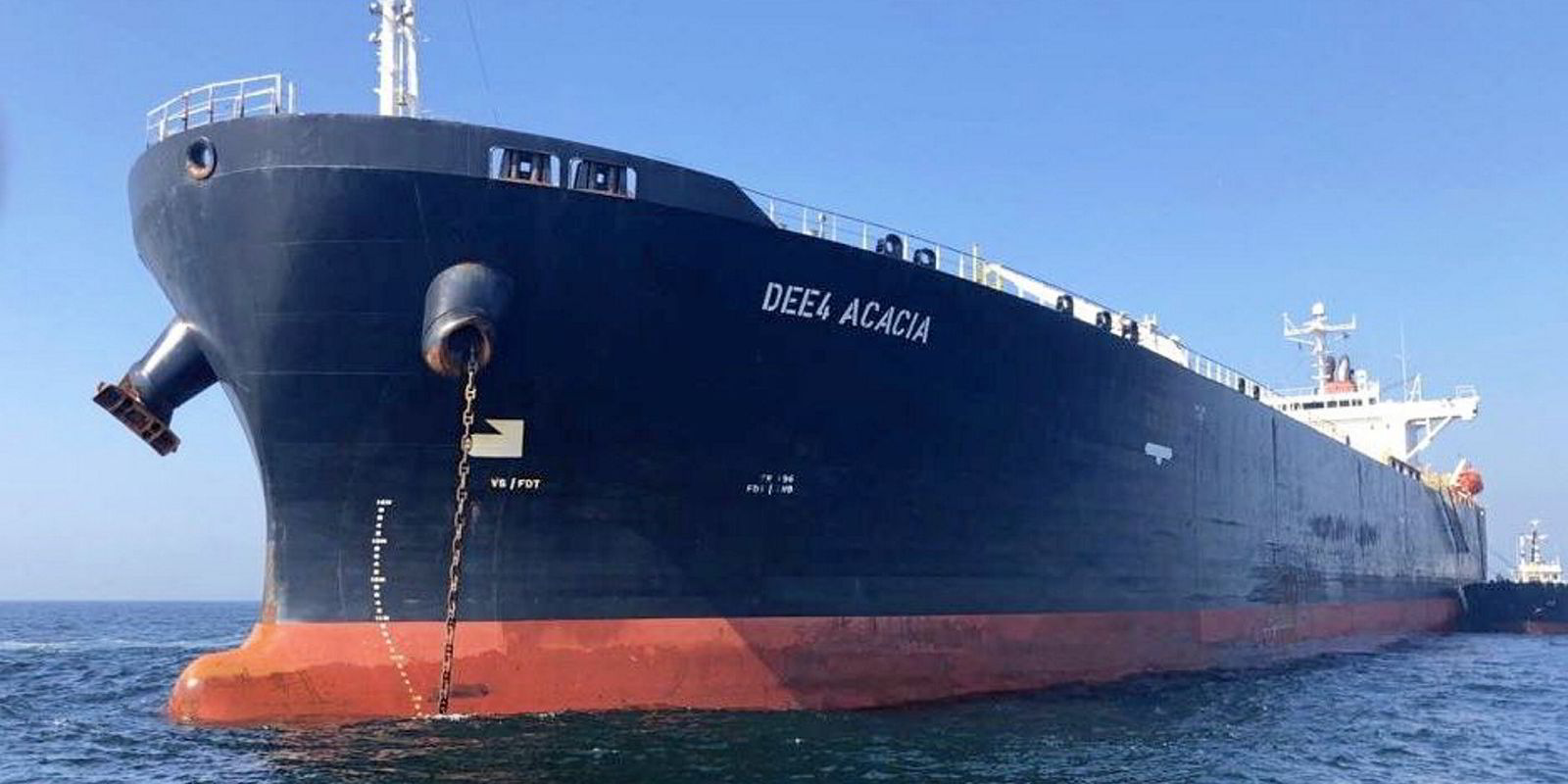Interest in older VLCCs from secondhand buyers has caused a big jump in asset values that is pricing scrap buyers out of the market.
As a result, these veteran vessels continue to trade, postponing any rush to recycling yards, shipbroker SSY said.
In the first eight months of 2022, the London shop tallied just two VLCCs sold for scrap, despite recycling prices reaching a 13-year high in the second quarter and a build-up of older units, given the low scrapping levels of recent years.
The cost of older tankers has diverged from the scrap level since May — and for the first time since the first part of 2020.
SSY estimates a 15-year-old VLCC as worth just over $40m in early September, the highest figure since March 2011.
VesselsValue quotes a 2007-built VLCC as worth $25m for scrap, by way of comparison.
Recycling prices in August dipped to a 12-month low.
“Increased removals had been anticipated in the VLCC segment this year, given the weak earnings environment, ageing fleet, high steel prices and introduction of [International Maritime Organization] decarbonisation regulations from 2023,” SSY said.
But older ships can still find work carrying sanctioned Iranian and Venezuelan barrels.
“Some owners had held off from removing tonnage in the hope of improved rates,” the broker said, adding that this has borne fruit in the third quarter as broader fundamentals for VLCCs turned positive.
Earnings from the Middle East to China hit $37,000 per day in mid-August for a non-eco vessel for the first time since July 2020, having averaged -$11,500 in the first six months.
Chinese interest
“The secondhand sales market has been very active this year, especially when reviewing the forward orderbook,” SSY said.
Just 38 VLCCs are scheduled for delivery in the rest of this year and into 2023 — and nothing at all is slated for 2024.
This amounts to just 4.4% of the existing fleet.
Interest in secondhand sales has come largely from Chinese entities, SSY’s sale-and-purchase desk reports.
In the first eight months, 21 ships, or 37% of all VLCC sales, were linked to Chinese buyers, compared with 37% across 2021.
Spot market driving sales
Of these vessels, just two were aged between 10 and 14 years old, with the rest aged over 15 years.
The increase in asset prices in 2022 was at first driven by the increasing steel price, but from the end of June, positive forward market fundamentals, especially on the vessel supply side, as well as strengthening VLCC earnings, provided support.
“Given the low levels of VLCC removals in 2022, we expect scrapping to be deferred into subsequent years,” SSY said.
“The ageing fleet and increased scrapping expectation points towards limited fleet growth ahead, boding well for tanker earnings in the medium term.”






